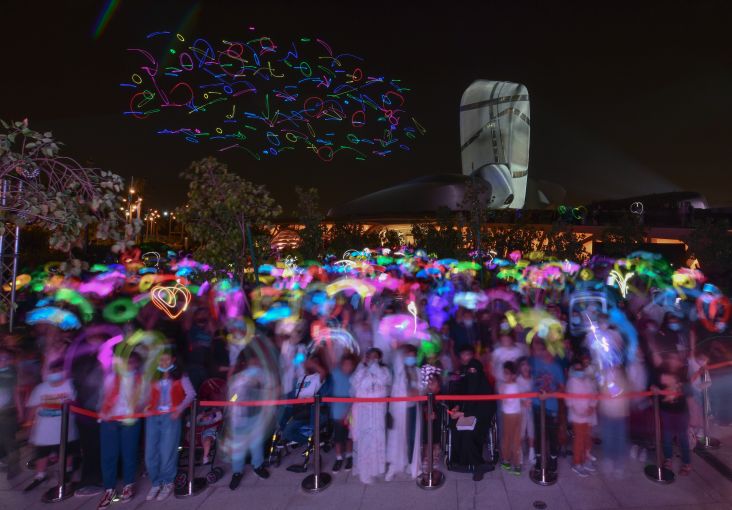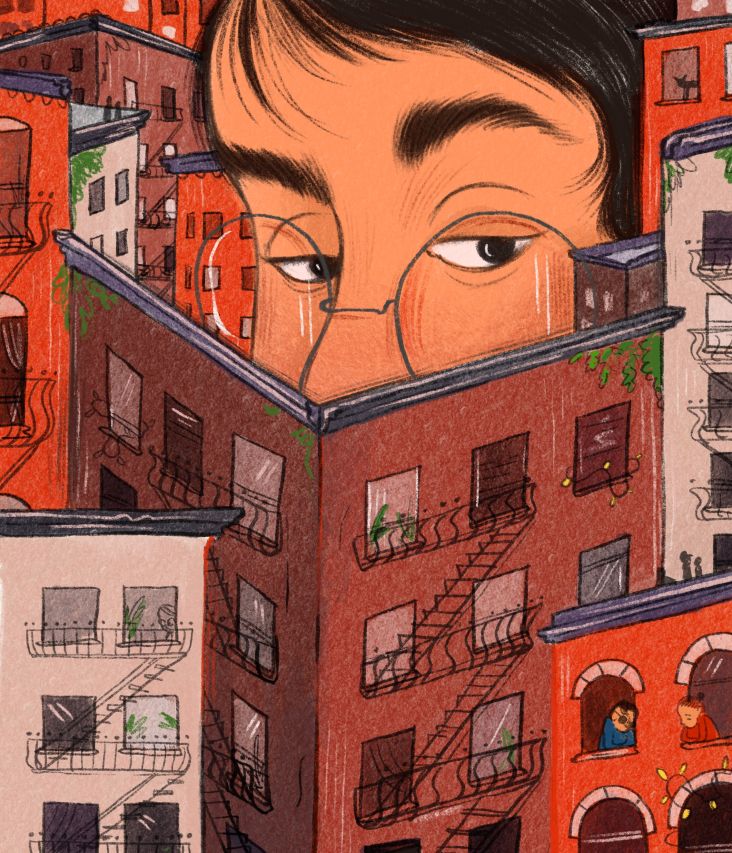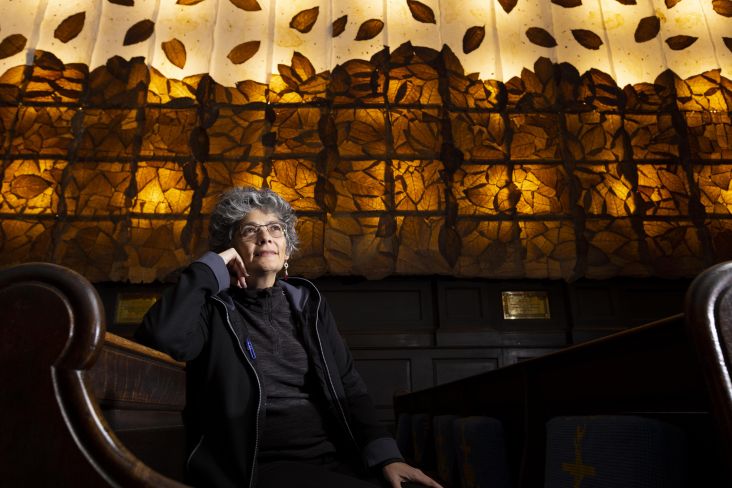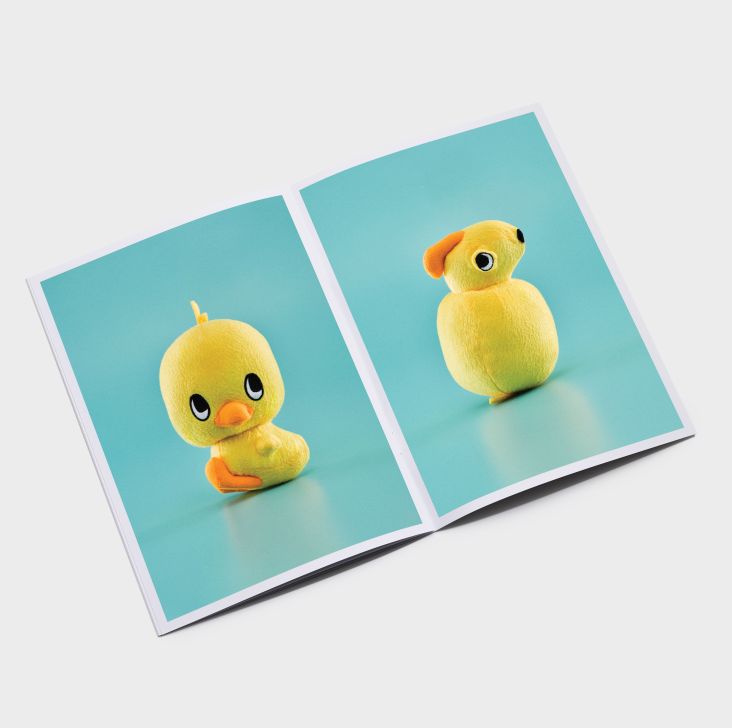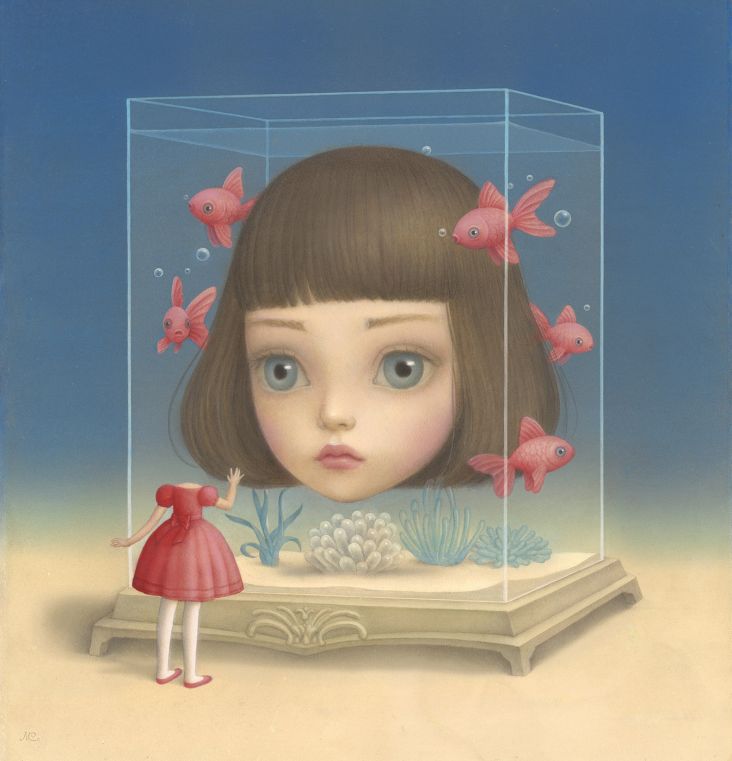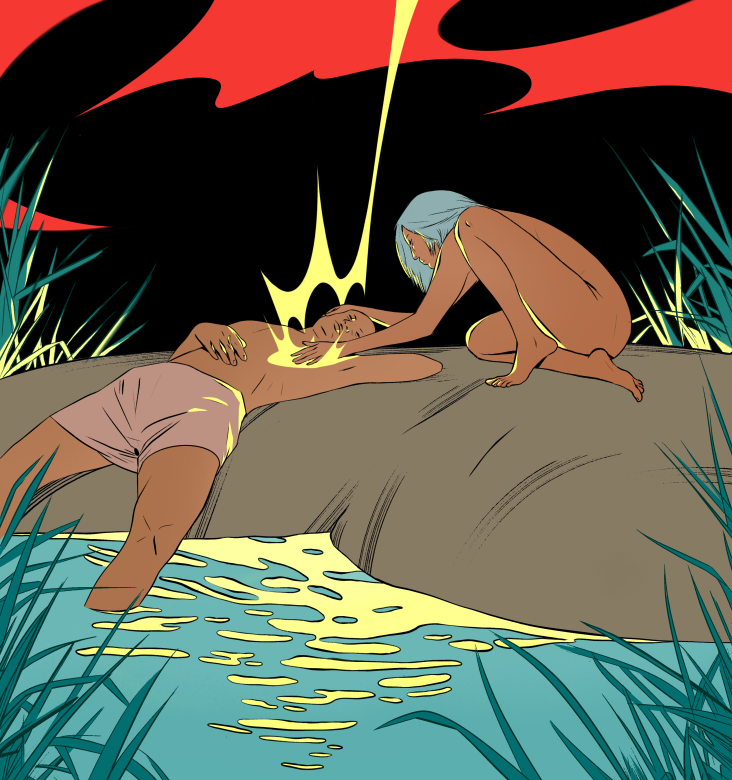Eating Soup With A Fork: Animator Hanna Norberg-Williams portrays neurodiversity via cutlery confusion
Cardiff-based illustrator and animator Hanna Norberg-Williams expresses what it's like for neurodivergent people to live in a world designed for neurotypicals in their new short film, Eating Soup With A Fork.
Take a glimpse into Hanna's point of view with Eating Soup With A Fork
The last couple of years have seen something of a neurodivergent awakening around the world. The term, broadly speaking, encompasses people whose brains do not process information, learn or behave in a way that is perceived as "typical". It is starting to enter the cultural conversation more and more, but what does it look like?
To help answer that question, Hanna Norberg-Williams has created a personal animated short which explores their experiences as a non-binary autistic lesbian with ADHD. Titled Eating Soup With A Fork, it uses the relatable image of cutlery to visualise somewhat difficult-to-grasp concepts.
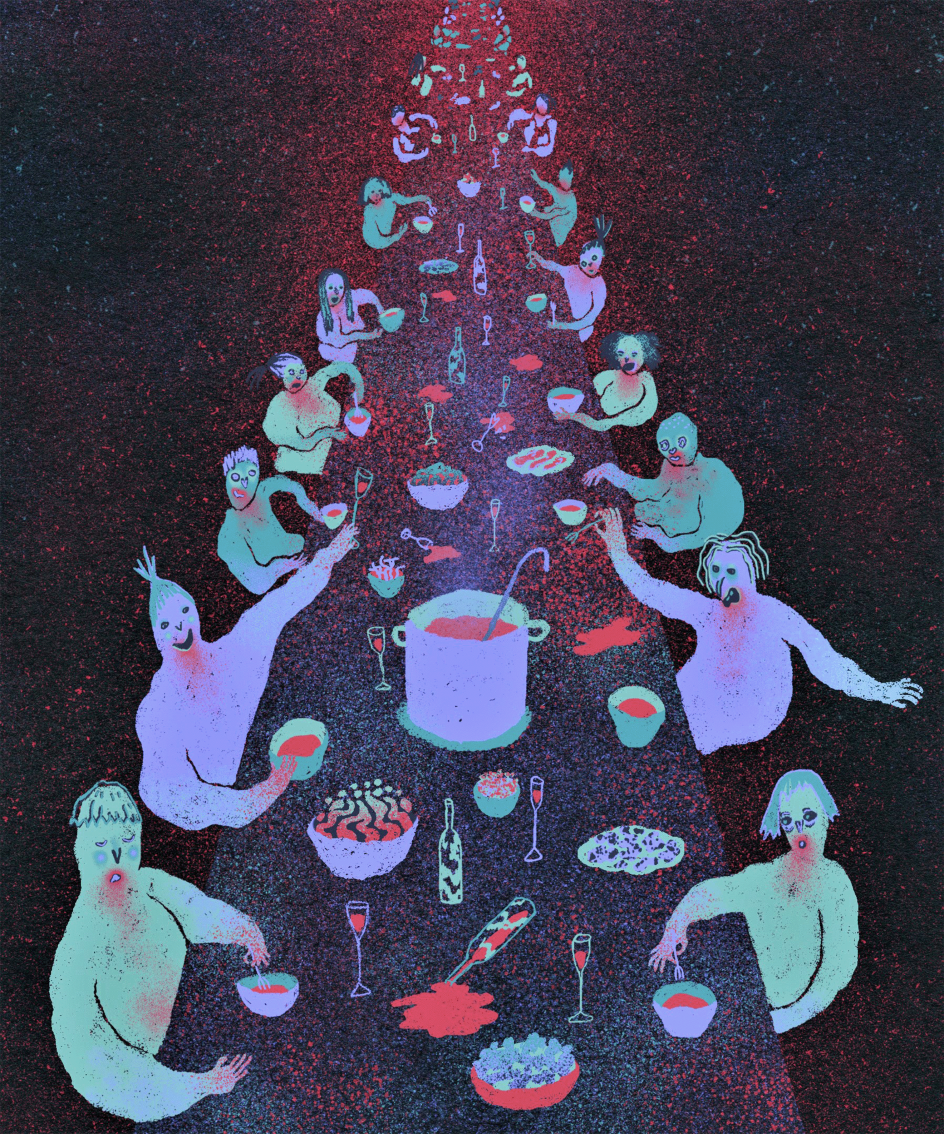
Hanna used surrealist techniques to come up with her story
Speaking to Creative Boom, Hanna says of the project: "Eating soup with a fork makes no sense as a concept – it's using the completely wrong tool for an otherwise simple task.
"In the animation, the main character is confused to discover that everyone at the table is eating their soup with forks as if this is normal, and they are expected to do this too. This is often how it feels being neurodivergent in a world designed for neurotypicals, as you are using illogical tools and following rules and systems that make little sense to you."
As well as articulating its themes through the plot and characters, Hanna's film also uses surreal and unsettling animation to get its point across. Not only that, but they used a series of unique methods when tapping into their thoughts and coming up with the story.
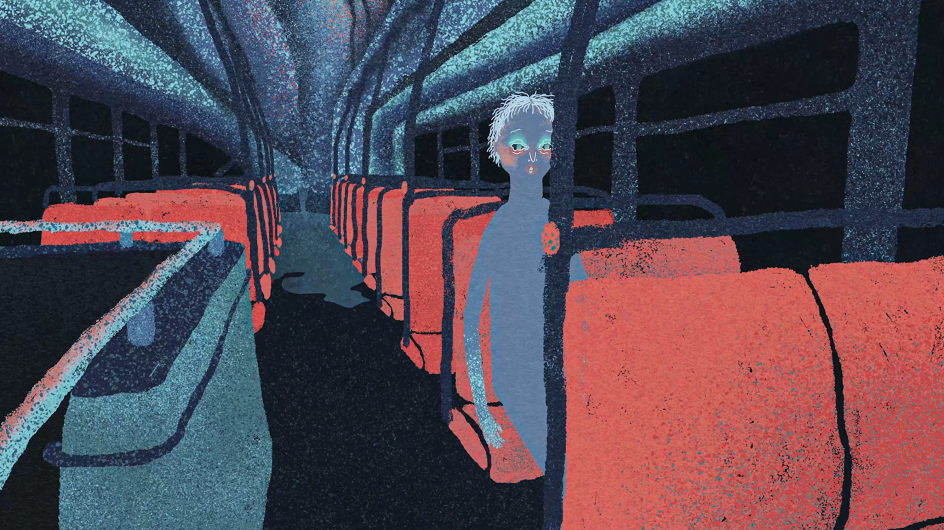
The art style is deliberately unsettling to underline its point
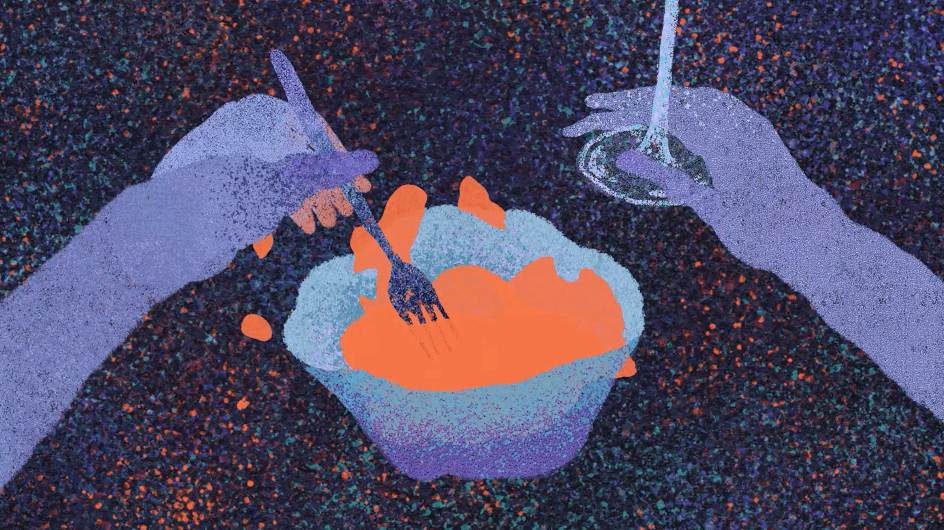
A relatable image makes the message easy to understand
"When creating the story and content, I was using a mixture of techniques used by the surrealists and psychologists to access the subconscious," they explain. "I kept a thought diary and would set alarms to write down my thoughts at random intervals (this was inspired by psychology researcher Russel Hurlburt's Descriptive Experience Sampling method). A lot of these thoughts were to do with sensory experiences, and what I now know was masking and stimming.
"At the time, I had people in my life who were also discovering they were neurodivergent, so the combination of that and my own unravelling subconscious kind of opened my eyes to the possibility that I was too. This didn't really happen until I'd finished the animation, and even then, it was difficult to verbalise. It felt like finally looking in the mirror after a very long time - and now a lot of self-acceptance that was previously shame."
Speaking of the lurid art style which plays across an expansive black backdrop, Hanna explains that this approach is part of a lifelong fascination. "I've always been quite drawn to juxtaposed compositions and colour palettes - putting bright, happy colours together with dark, sometimes muddy colours or filling calming environments with a chaos of texture and objects that almost become white noise. For this animation, I amplified these opposing styles and colours to create a more uncomfortable feeling."
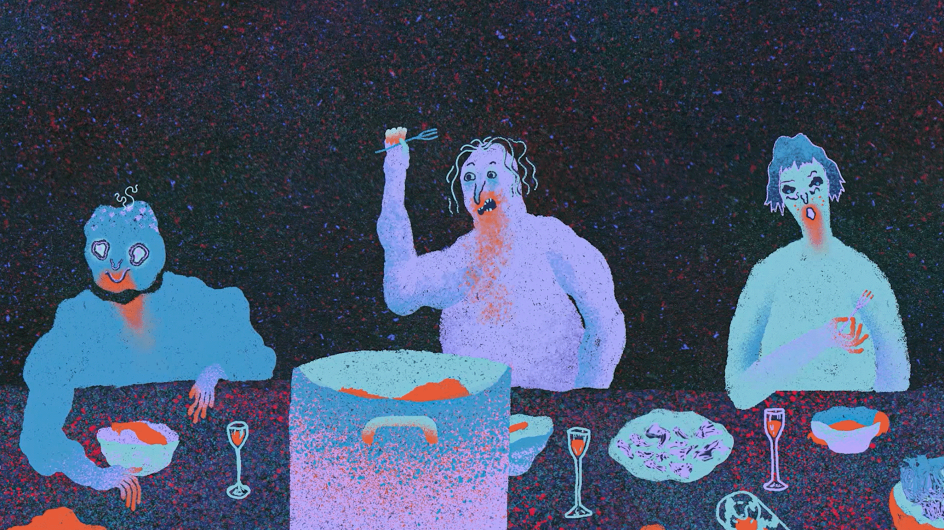
Hanna has always been drawn to juxtaposing colour palettes
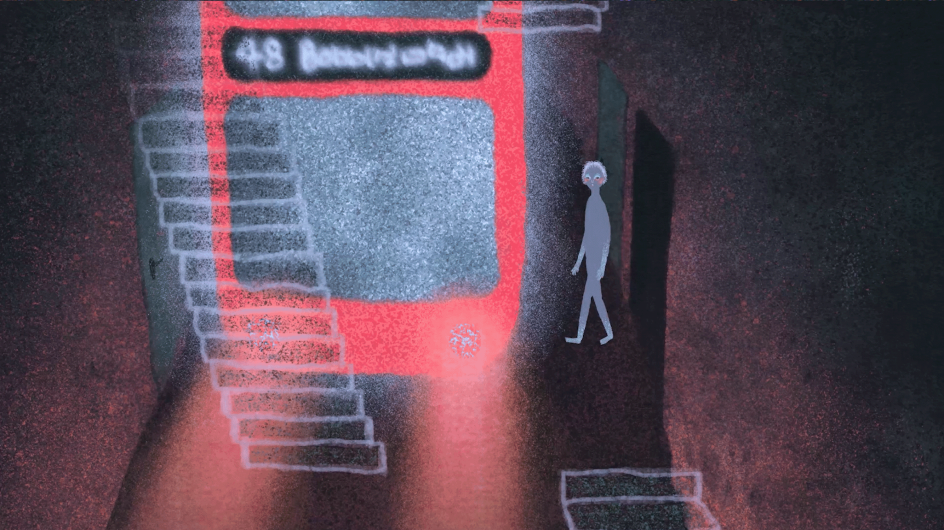
Making the animation helped Hanna to make realisations about themselves
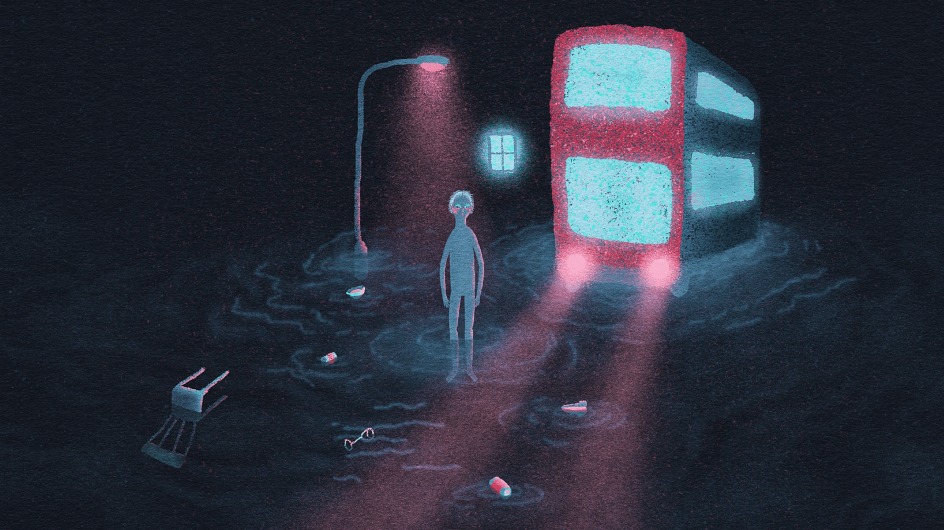
The animation also gives viewers a glimpse into the broader, emotional lives of neurodiverse people
Hanna, who graduated with First Class Honours in BA (Hons) Illustration from Camberwell College of Arts in June 2022, favours an absurd and unsettling style, which lends itself well to this project. But what is it about these qualities that appeal to them? "I've always been drawn to the uncomfortable and absurd as, at times, the world can feel a bit like that," they reveal.
"Exploring the absurdity of the world and how we interact with it is quite fun to me, but leads to mixed results that are sometimes unsettling and sometimes just ridiculous."
Eating Soup With A Fork is not just preoccupied with the hurdles neurodiverse people face, though. Hanna also wanted it to have a more empathetic impact. "Part of the aim of this animation was to give neurotypical people a glimpse into the emotional atmospheres neurodivergent people often inhabit throughout their day-to-day life, and also how this can intersect with feelings of otherness around gender and sexuality."
They add: "Although this animation portrays a lot of the negatives we experience, I also wanted to highlight the rich inner worlds, imagination and creativity that comes along with neurodiversity. So many neurodivergent people are extremely hard-working, highly creative, innovative thinkers.
"I hope this can help people be more mindful, accepting and even celebratory of the way that we think and work."




 by Tüpokompanii](https://www.creativeboom.com/upload/articles/58/58684538770fb5b428dc1882f7a732f153500153_732.jpg)


 using <a href="https://www.ohnotype.co/fonts/obviously" target="_blank">Obviously</a> by Oh No Type Co., Art Director, Brand & Creative—Spotify](https://www.creativeboom.com/upload/articles/6e/6ed31eddc26fa563f213fc76d6993dab9231ffe4_732.jpg)









